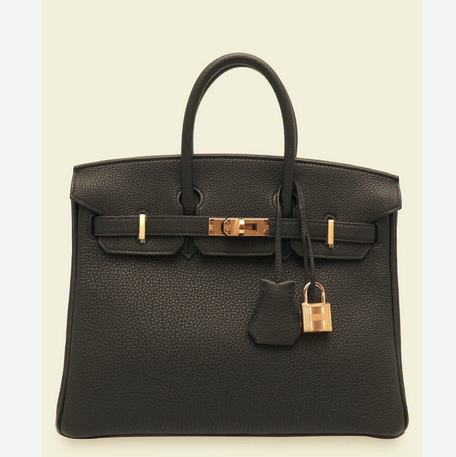The film American Fiction depicts a writer fed up with racial tropes. Frustrated novelist Monk writes a book with outlandish African American characters. Too his horror, the work is a bestseller. Why would I sympathise with Monk? Because I understand his bewilderment. Life is stranger than fiction.
Being a person of color in any business has challenges. Being a LGBTQ person of color adds more weight to those challenges. The pervasive thinking is the fashion world is tolerant. This is according to how “tolerant” is defined. I had a person of color colleague was approached by a major television channel to become a cast member of a reality series based on the fashion business. One catch, he had to be flamboyant or the snap his fingers, sassy, black male. That was not his character. Calling me for advice, asking what to do?
Reality shows are tricky. Good reality tv viewing is messy, a guilty pleasure of relishing bad temperament on the screen. However, a non script program can offer a lucrative brand building platform. I asked, “ Would you be comfortable playing that role?” Plus, once penciled in as the sassy stylist, there will be no escape from this persona. He replied, “NO” because that was not him. My response, “decline the offer.”. I understood my friend’s conflicted position because similar opportunities to up my brand presence came to me.

As a gay person of color in fashion there seems to be a role to play. Does this performance have a a place? Canned behavior comes with the territory in any field. The fashion business is about exaggeration. I look over certain LGBTQ P.O.C colleagues IG pages. I am not knocking their hustle, certainly these guys deserve respect for working hard to get where they are today. Yet, these modern mannerisms could be from a dictionary entry on prototypical sass, wearing certain clothes, unrestrained personality, while having a “hyper see me” hairstyle. Is this a new stereotype? Could this level of modern sassiness be a new form of gaining acceptance in an upperclass space, continuing to play the racial gender role written by others.
Years ago I was advised to enact the sassy characterization, not my cup of tea to play a high spirited character for greater acceptance and success. Reinforce the feel good stereotype of a black man in the creative industry with fashion buffoonery: carry a flashy accessory to show “Yes, I have cash”, such as a Hermes bag, wear borderline garish clothing, veer away from a series conversation, victimize myself to the liberal class, carry a little nose candy box to help me overcome my all emotional traumas. As I wrote, “Life is stranger than fiction”.